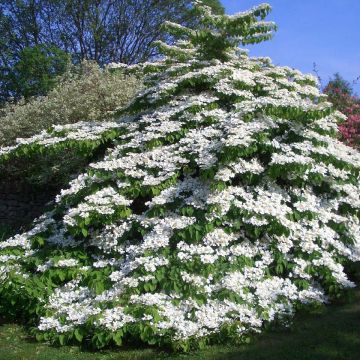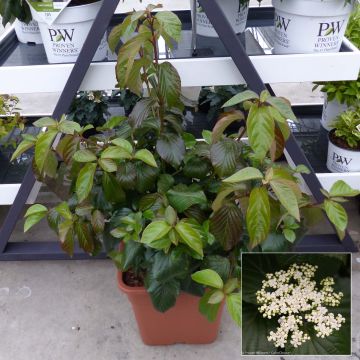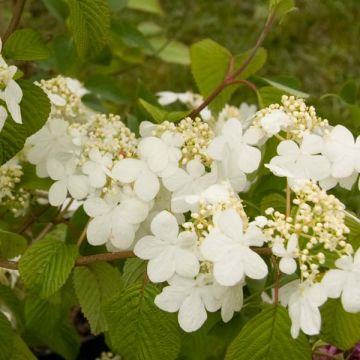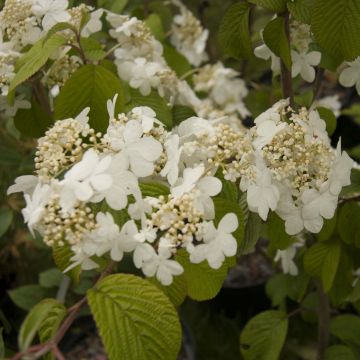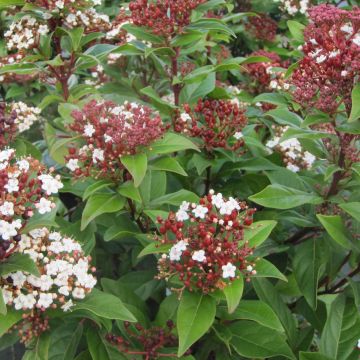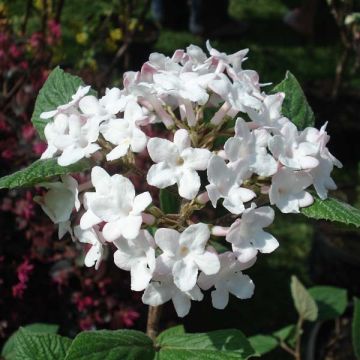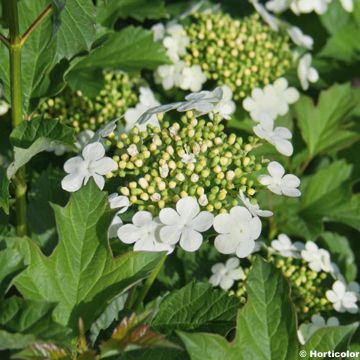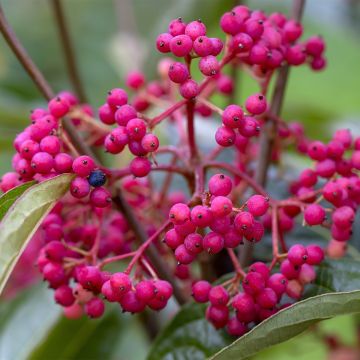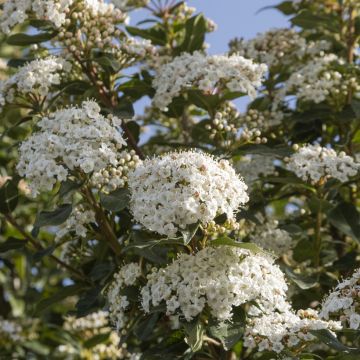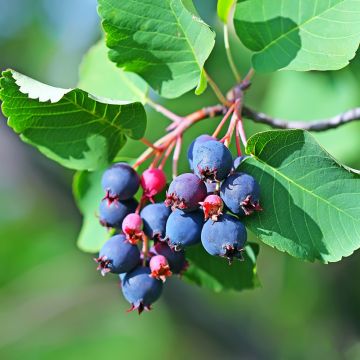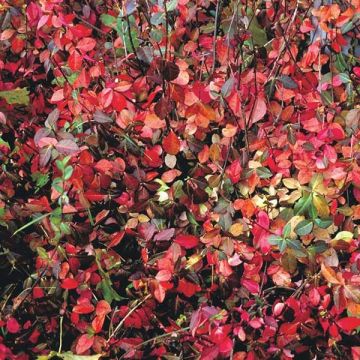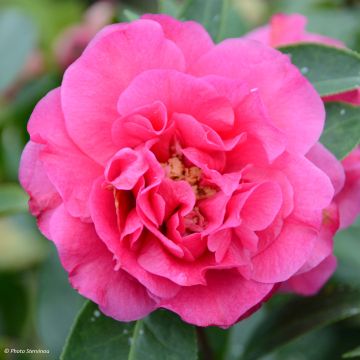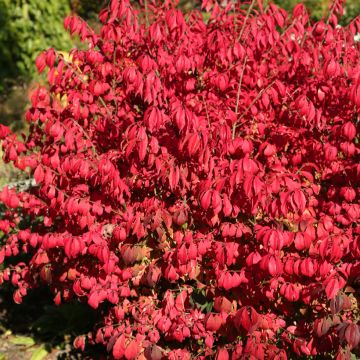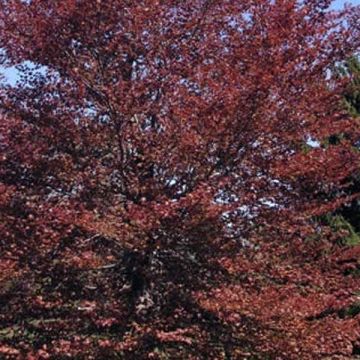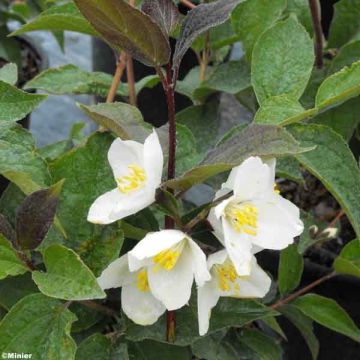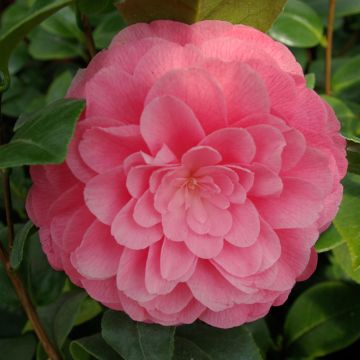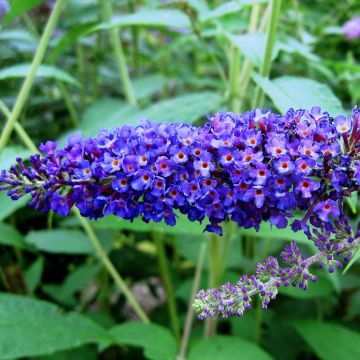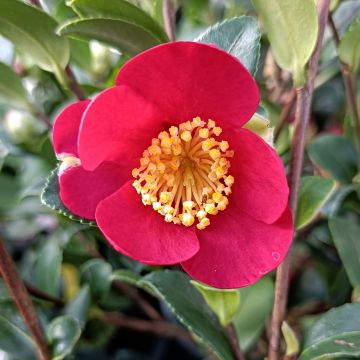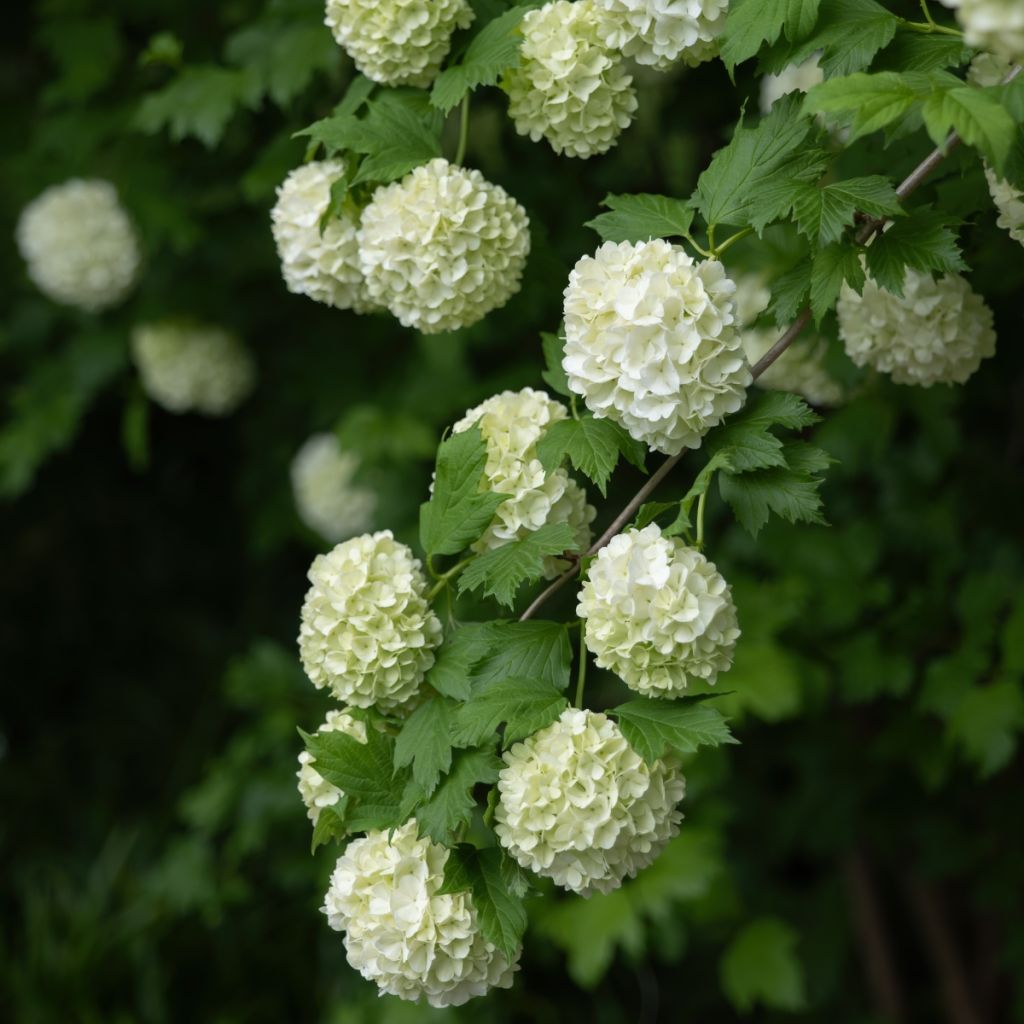

Snowball Viburnum - Viburnum opulus Roseum
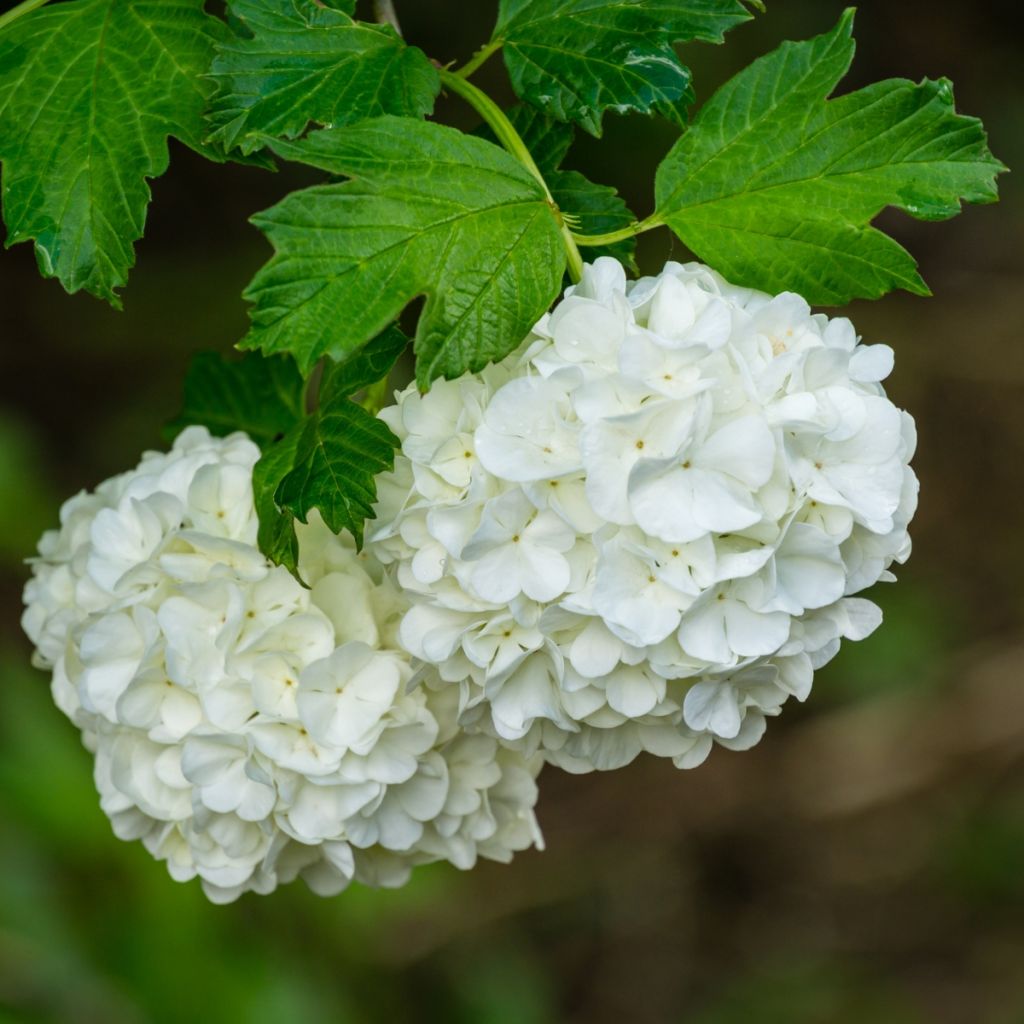

Snowball Viburnum - Viburnum opulus Roseum
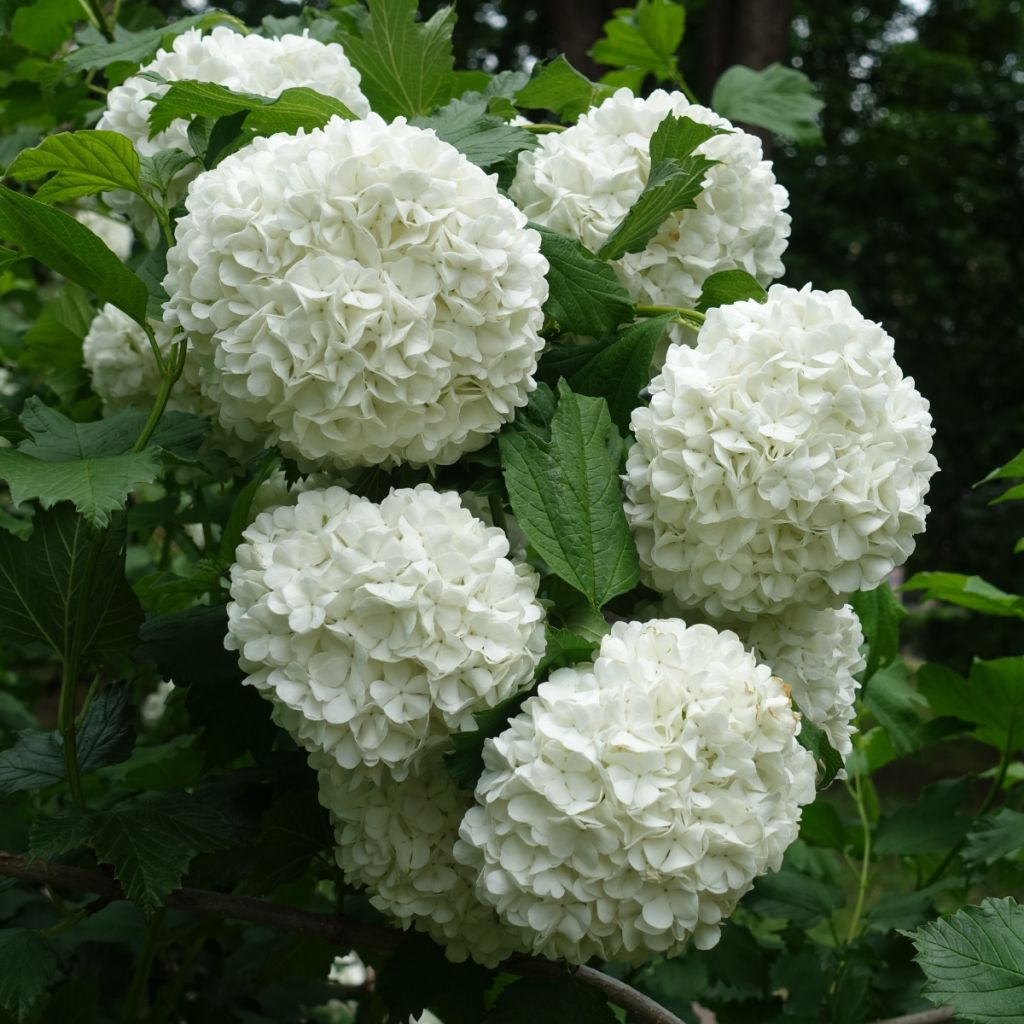

Snowball Viburnum - Viburnum opulus Roseum
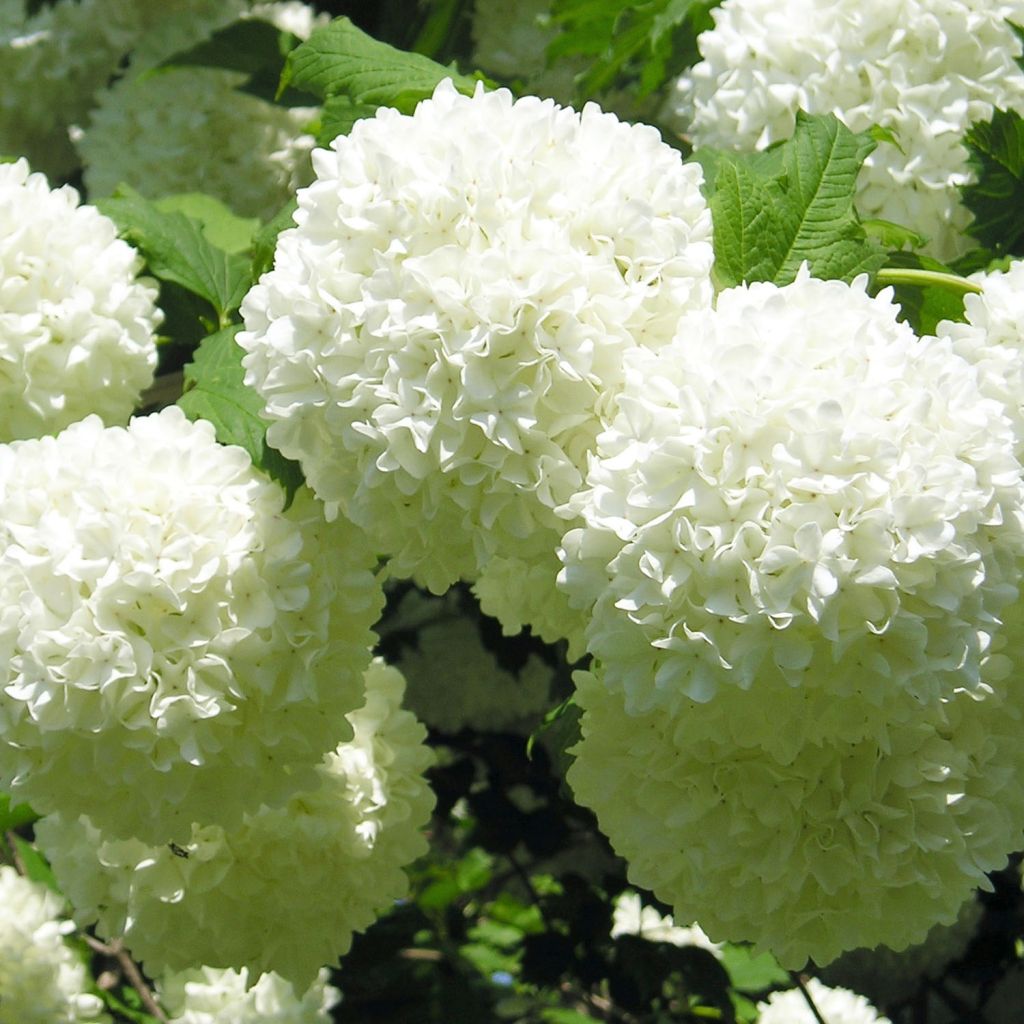

Snowball Viburnum - Viburnum opulus Roseum
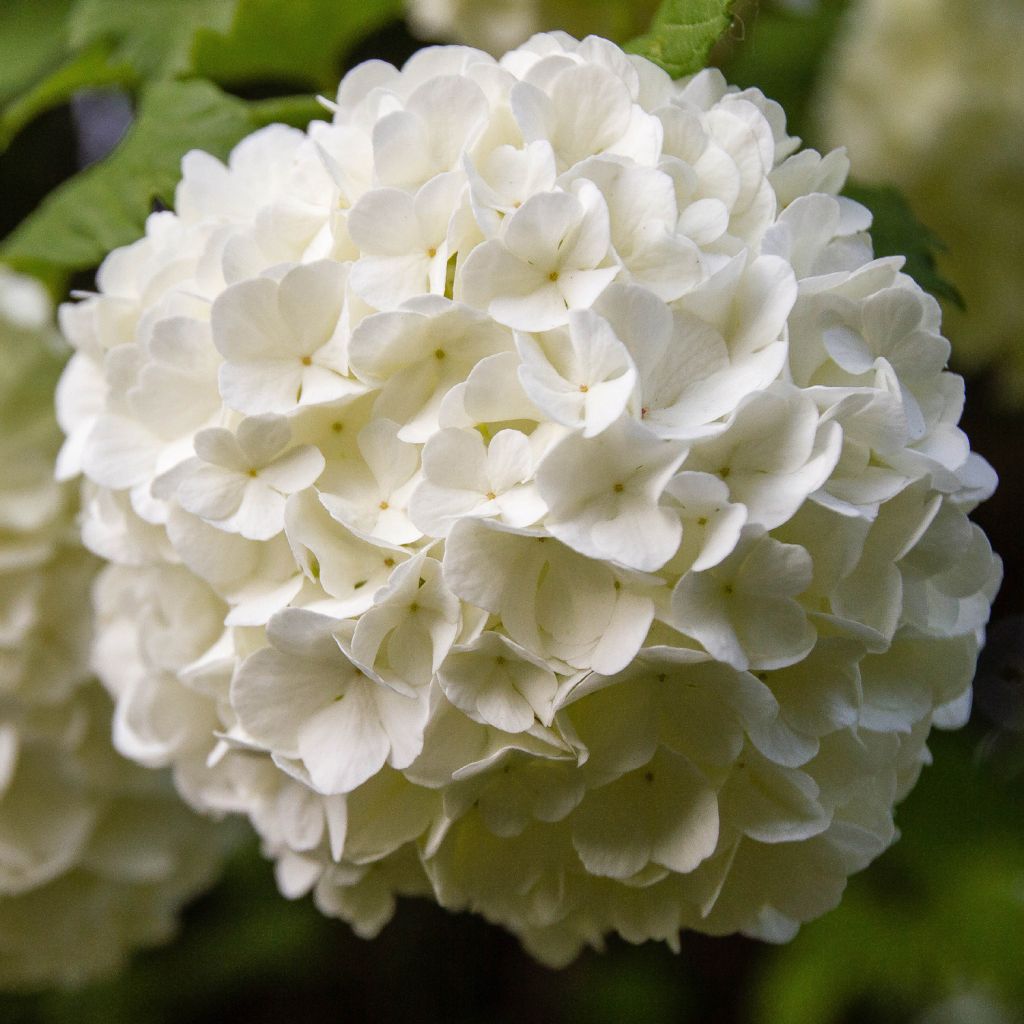

Snowball Viburnum - Viburnum opulus Roseum
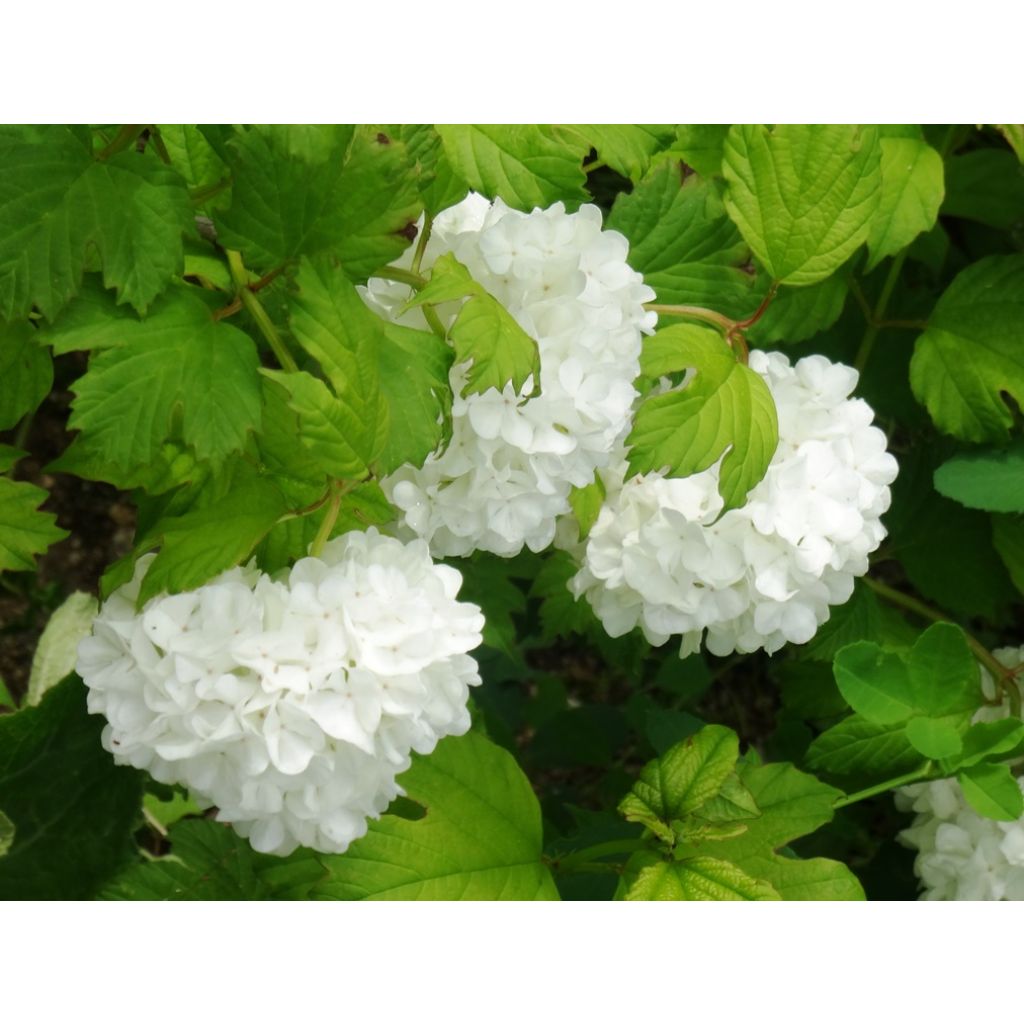

Snowball Viburnum - Viburnum opulus Roseum
Snowball Viburnum - Viburnum opulus Roseum
Viburnum opulus Roseum
Guelder Rose, Cramp Bark, European Cranberry Bush, Snowball Tree, Water Elder
This item cannot be shipped to the selected country
Delivery charge from €5.90
Delivery charge from €5.90
Delivery charge from €5.90
Delivery charge from €5.90
More information
Schedule delivery date,
and select date in basket
This plant carries a 24 months recovery warranty
More information
We guarantee the quality of our plants for a full growing cycle, and will replace at our expense any plant that fails to recover under normal climatic and planting conditions.
From €5.90 for pickup delivery and €6.90 for home delivery
Express home delivery from €8.90.
From €5.90 for pickup delivery and €6.90 for home delivery
Express home delivery from €8.90.
From €5.90 for pickup delivery and €6.90 for home delivery
Express home delivery from €8.90.
From €5.90 for pickup delivery and €6.90 for home delivery
Express home delivery from €8.90.


Does this plant fit my garden?
Set up your Plantfit profile →
Description
The Viburnum opulus 'Roseum' commonly known as the Snowball Tree is a tall and charming bush that is very easy to grow and can be planted in any type of garden. The flowers bloom abundantly in the middle of spring, gracefully bending its branches. Its white ball-shaped flowers, sometimes tinged with pink, have made this unpretentious plant very popular. It is also valued for its magnificent autumn colours.
The Viburnum opulus, sometimes called the guelder rose, water elder, or sapwood depending on the region, is a deciduous shrub native to Europe and North Africa. It belongs to the caprifoliaceae family, like honeysuckle and shares with it a preference for moist soils, even growing in marshes, at an altitude below 1600 m. The cultivar 'Roseum', known since the 16th century, is distinguished by its more decorative spherical flowerheads. This well-branched shrub grows rapidly, reaching an average height of 3.50 m (9.8 ft) with a spread of 3 m (9.8 ft). Its foliage is deciduous in winter. Each leaf, 8 to 12 cm (4.7 in) long, slightly downy, is divided into 3 to 5 acute lobes with serrated margins. Initially light green, it will turn yellow, orange, and reddish wine color at the end of the season before falling off. Flowering occurs in May-June, in the form of spherical corymbs measuring 6 to 10 cm (3.9 in) in diameter; they are compound, just like in hydrangeas, with larger sterile florets surrounding a central disk of fertile florets in the shape of buttons, which are invisible here. The flowers are nectar and pollen-rich. The fruit is decorative, taking the form of bright red round berries, measuring 1 cm (0.4 in) in diameter, very popular with birds.
The Snowball Tree is a very hardy plant that is not demanding, preferring moist to wet soil. It thrives in sunny or semi-shaded locations and grows well in any soil, even chalk and clay. It can be used as a focal point in small gardens, as hedges, or in flower beds in larger gardens. In a hedge, it can be combined with various shrubs chosen for their autumn foliage (spindle tree, winged spindle, smoke bush, oakleaf hydrangea, Physocarpus), their spring flowering (mock orange, deutzia, lilac, Canadian serviceberry), or for their attractive fruiting (chokeberries, beautyberries, snowberries, Chinese quince...). Its graceful flowers can also be used in spring bouquets.
Report an error about the product description
Snowball Viburnum - Viburnum opulus Roseum in pictures


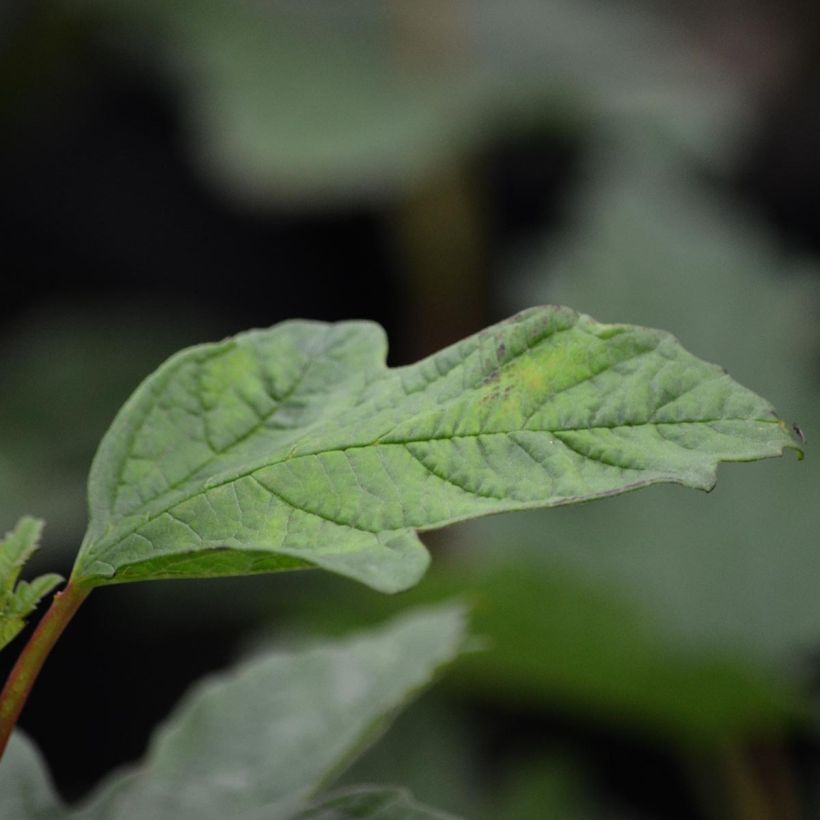

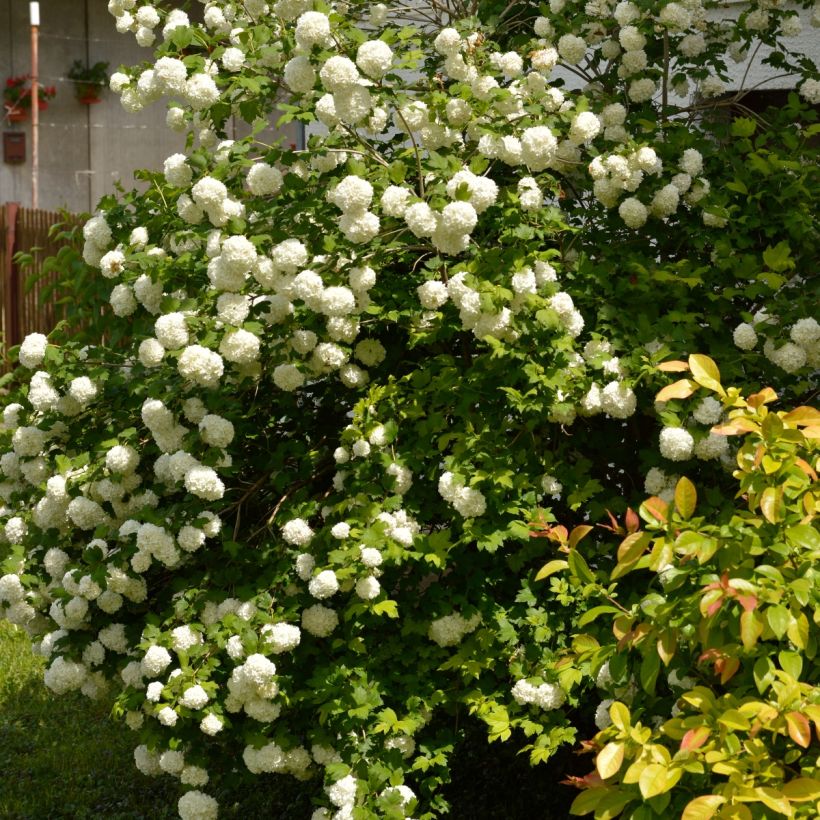

Plant habit
Flowering
Foliage
Botanical data
Viburnum
opulus
Roseum
Caprifoliaceae
Guelder Rose, Cramp Bark, European Cranberry Bush, Snowball Tree, Water Elder
Cultivar or hybrid
Other Viburnum
Planting and care
The Viburnum opulus 'Roseum' thrives in sunny or semi-shady locations. Plant it in a consistently moist, deep soil, even clayey and chalky. Water generously after planting and during the first few weeks get it established. Mulch to keep the soil cool in summer. This shrub is only really threatened by heatwaves and drought.
Planting period
Intended location
Care
-
, onOrder confirmed
Reply from on Promesse de fleurs
Hedge shrubs
Haven't found what you were looking for?
Hardiness is the lowest winter temperature a plant can endure without suffering serious damage or even dying. However, hardiness is affected by location (a sheltered area, such as a patio), protection (winter cover) and soil type (hardiness is improved by well-drained soil).

Photo Sharing Terms & Conditions
In order to encourage gardeners to interact and share their experiences, Promesse de fleurs offers various media enabling content to be uploaded onto its Site - in particular via the ‘Photo sharing’ module.
The User agrees to refrain from:
- Posting any content that is illegal, prejudicial, insulting, racist, inciteful to hatred, revisionist, contrary to public decency, that infringes on privacy or on the privacy rights of third parties, in particular the publicity rights of persons and goods, intellectual property rights, or the right to privacy.
- Submitting content on behalf of a third party;
- Impersonate the identity of a third party and/or publish any personal information about a third party;
In general, the User undertakes to refrain from any unethical behaviour.
All Content (in particular text, comments, files, images, photos, videos, creative works, etc.), which may be subject to property or intellectual property rights, image or other private rights, shall remain the property of the User, subject to the limited rights granted by the terms of the licence granted by Promesse de fleurs as stated below. Users are at liberty to publish or not to publish such Content on the Site, notably via the ‘Photo Sharing’ facility, and accept that this Content shall be made public and freely accessible, notably on the Internet.
Users further acknowledge, undertake to have ,and guarantee that they hold all necessary rights and permissions to publish such material on the Site, in particular with regard to the legislation in force pertaining to any privacy, property, intellectual property, image, or contractual rights, or rights of any other nature. By publishing such Content on the Site, Users acknowledge accepting full liability as publishers of the Content within the meaning of the law, and grant Promesse de fleurs, free of charge, an inclusive, worldwide licence for the said Content for the entire duration of its publication, including all reproduction, representation, up/downloading, displaying, performing, transmission, and storage rights.
Users also grant permission for their name to be linked to the Content and accept that this link may not always be made available.
By engaging in posting material, Users consent to their Content becoming automatically accessible on the Internet, in particular on other sites and/or blogs and/or web pages of the Promesse de fleurs site, including in particular social pages and the Promesse de fleurs catalogue.
Users may secure the removal of entrusted content free of charge by issuing a simple request via our contact form.
The flowering period indicated on our website applies to countries and regions located in USDA zone 8 (France, the United Kingdom, Ireland, the Netherlands, etc.)
It will vary according to where you live:
- In zones 9 to 10 (Italy, Spain, Greece, etc.), flowering will occur about 2 to 4 weeks earlier.
- In zones 6 to 7 (Germany, Poland, Slovenia, and lower mountainous regions), flowering will be delayed by 2 to 3 weeks.
- In zone 5 (Central Europe, Scandinavia), blooming will be delayed by 3 to 5 weeks.
In temperate climates, pruning of spring-flowering shrubs (forsythia, spireas, etc.) should be done just after flowering.
Pruning of summer-flowering shrubs (Indian Lilac, Perovskia, etc.) can be done in winter or spring.
In cold regions as well as with frost-sensitive plants, avoid pruning too early when severe frosts may still occur.
The planting period indicated on our website applies to countries and regions located in USDA zone 8 (France, United Kingdom, Ireland, Netherlands).
It will vary according to where you live:
- In Mediterranean zones (Marseille, Madrid, Milan, etc.), autumn and winter are the best planting periods.
- In continental zones (Strasbourg, Munich, Vienna, etc.), delay planting by 2 to 3 weeks in spring and bring it forward by 2 to 4 weeks in autumn.
- In mountainous regions (the Alps, Pyrenees, Carpathians, etc.), it is best to plant in late spring (May-June) or late summer (August-September).
The harvesting period indicated on our website applies to countries and regions in USDA zone 8 (France, England, Ireland, the Netherlands).
In colder areas (Scandinavia, Poland, Austria...) fruit and vegetable harvests are likely to be delayed by 3-4 weeks.
In warmer areas (Italy, Spain, Greece, etc.), harvesting will probably take place earlier, depending on weather conditions.
The sowing periods indicated on our website apply to countries and regions within USDA Zone 8 (France, UK, Ireland, Netherlands).
In colder areas (Scandinavia, Poland, Austria...), delay any outdoor sowing by 3-4 weeks, or sow under glass.
In warmer climes (Italy, Spain, Greece, etc.), bring outdoor sowing forward by a few weeks.

































